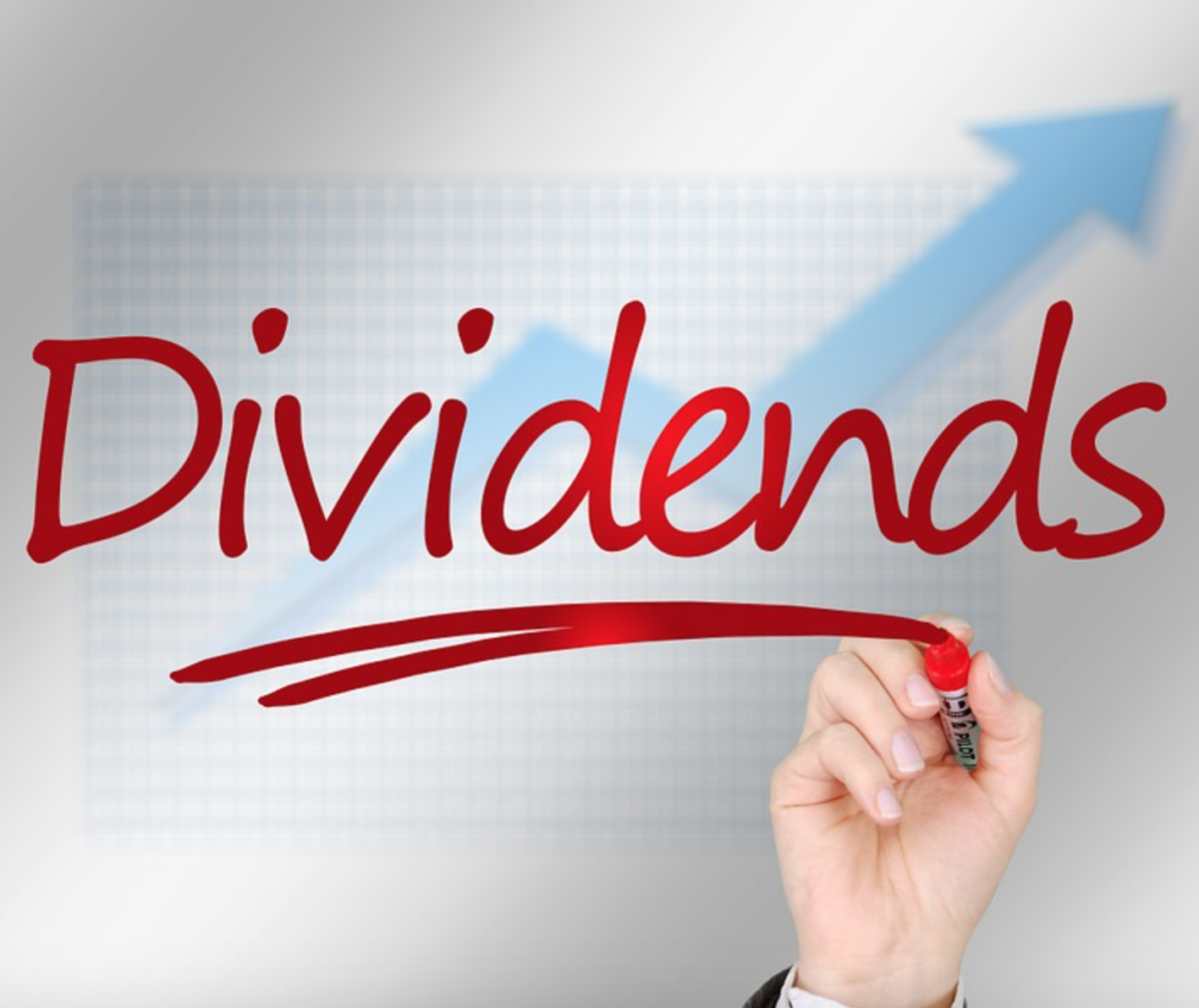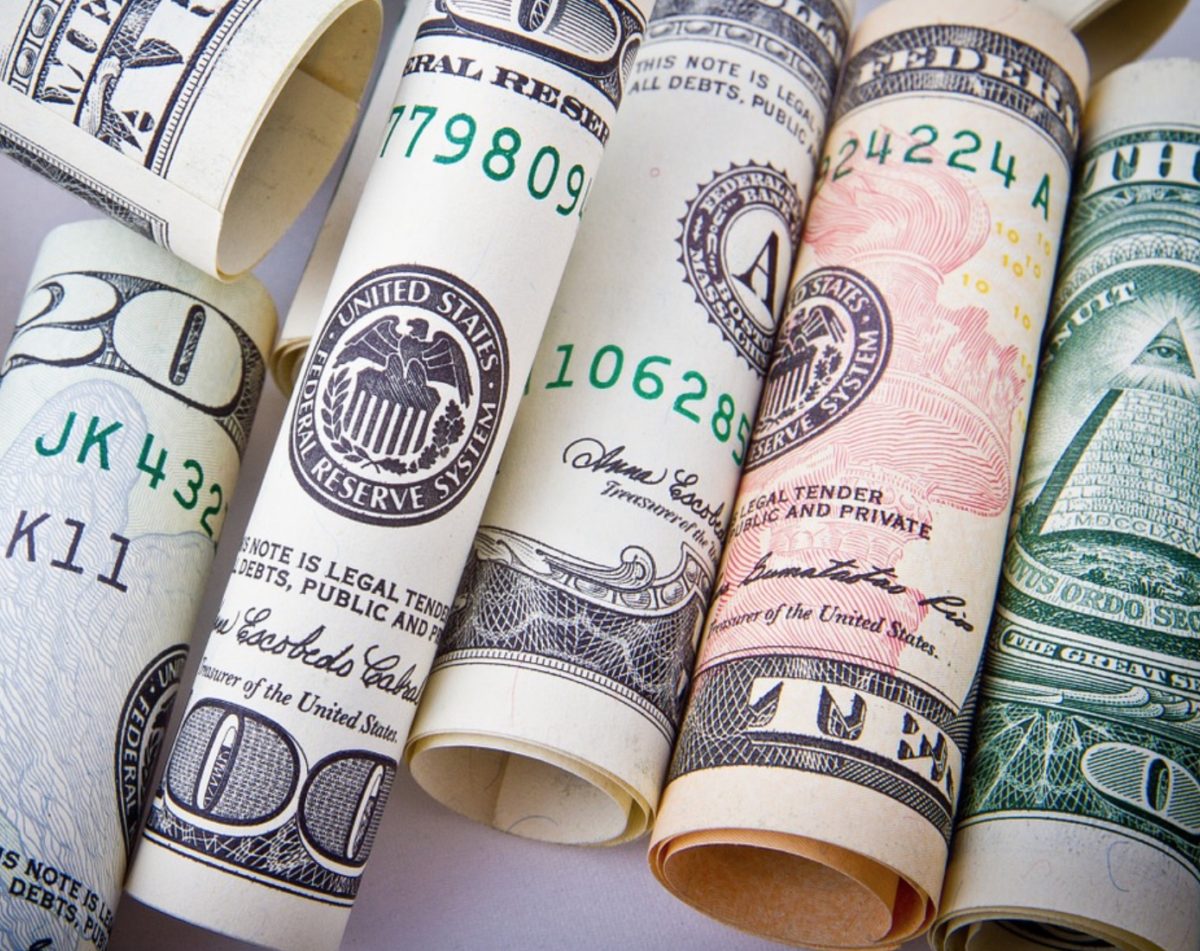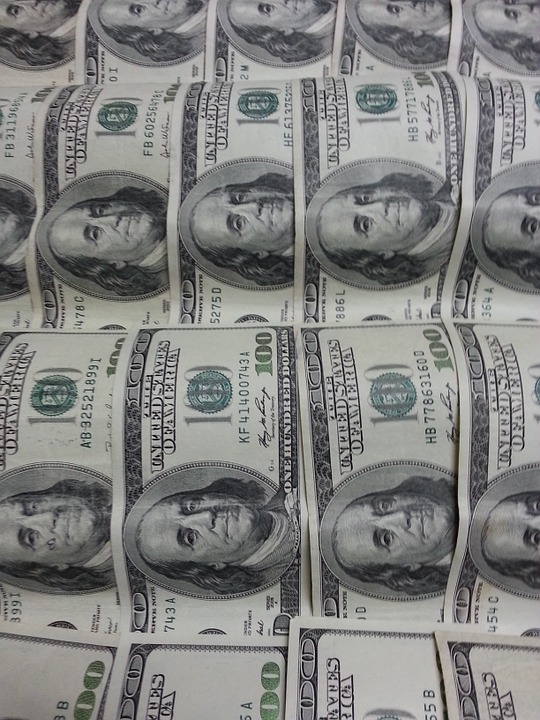Diamond and Jewelry Stocks
by Nkem Iregbulem
Did you know that about 250 tons of the Earth is mined in order to produce a single one-carat diamond? Diamond is a pure element — nearly 100% carbon. It is also the hardest natural substance present on Earth. In fact, the only thing that can scratch a diamond is another diamond. A large amount of heat and pressure below the Earth’s surface cause carbon atoms to uniquely bond together and form the diamond’s rare and strong crystalline structure. These diamonds form around 100 miles below Earth’s surface and are brought up by volcanic eruptions. In ancient times, people wore diamonds because they believed that they promoted strength, invincibility, and courage. Nowadays, diamonds are well-known for their use in jewelry. But you may be surprised to learn that close to 80 percent of diamonds are actually not suitable for use in jewelry. Because of their hardness, most diamonds are used industrially to cut, grind, and drill different materials.
If the diamond and jewelry industries are of interest to you, there are a number of diamond mining companies and jewelry retailers that you can choose to invest in: Anglo American plc (AAUKF), Rio Tinto plc (RTPPF), Etsy Inc. (ETSY), DGSE Companies, Inc. (DGSE), Birks Group Inc. (BGI), BHP Billiton Ltd. (BHP), BHP Billiton plc (BBL), Tiffany & Co. (TIF), and Signet Group plc (SIG). The BHP, BBL, TIF, and SIG stocks are all traded on the New York Stock Exchange, the DGSE and BGI stocks can be found on the NYSE American, and the ETSY stock can be found on the NASDAQ exchange. Meanwhile, both the RTPPF and AAUKF stocks are traded over the counter.
Headquartered in the United Kingdom and founded in 1917, Anglo American plc is primarily involved in the exploring, mining, and processing of different metals and minerals around the world. Among other substances, these include rough and polished diamonds, copper, platinum group metals, coal, nickel, iron and manganese ores. Anglo American PLC boasts a fairly large market cap of $32.27 billion and pays a dividend yield of 4.39%. Its stock has a normal price-to-sales ratio of 1.15. It trades at 9.88 times trailing earnings and at 8.81 times forward earnings. It also has a price-to-book ratio of 1.42. It faces a negative 3-year revenue growth rate of -1.03% and a negative 5-year revenue growth rate of -1.76%.
Rio Tinto plc is a mining and metals company that explores, develops, produces, and processes minerals and metals such as diamonds, aluminum, copper, gold, coal, and industrial minerals around the world. The company was founded in 1873 and is headquartered in the United Kingdom. As one of the world’s largest metals and mining companies, Rio Tinto plc boasts a large market cap of $97.3 billion and pays a high dividend yield of 5.31%. Its stock has a price-to-sales ratio of 2.50, making it somewhat overpriced. The stock trades at 12.12 times trailing earnings and at 10.79 times forward earnings. The company’s revenue fell each fiscal year from 2013 to 2016 but has been rising each fiscal year since. It therefore faces a negative 5-year revenue growth rate of -4.71% and a negative 3-year revenue growth rate of -5.65%.
You may have heard of Etsy Inc., the company that operates Etsy.com, a popular commerce platform where people can buy and sell goods online and offline. Buyers and sellers who use the site mainly come from the United States, Australia, Germany, the United Kingdom, Canada, and France. The company’s seller services and tools are especially helpful to entrepreneurs looking to start and grow their business. The company’s top selling product is jewelry. The company was founded in 2005 and is headquartered in New York. Etsy Inc. has a market cap of $5.28 billion but does not pay a dividend yield. With a high price-to-sales ratio of 11.94, the stock is considered very overpriced. The stock also has a high trailing P/E ratio of 71.93 and a similarly high forward P/E ratio of 72.99. Its stock also has a price-to-book ratio of 13.83. The company’s revenue has been increasing each fiscal year since 2013 as the company enjoys a very high 3-year revenue growth rate of 31.15% and an even better 5-year revenue growth rate of 42.69%.
DGSE Companies, Inc. was founded in 1965 and is headquartered in Texas. The company buys and sells jewelry such as bridal jewelry, fashion jewelry, custom-made jewelry, diamonds, other gemstones, watches, and jewelry components. Among other items, the company also offers gold, silver, private mint medallions, platinum, and art bars. Its customers range from individual customers to dealers to institutions around the United States. DGSE Companies, Inc. has a small market cap of $20.99 million, so its stock is very speculative. The company does not pay a dividend yield, and its stock has a price-to-book ratio of 2.59. The stock trades at 11.13 times trailing earnings and at 56.18 times forward earnings. It has a very favorable price-to-sales ratio of 0.35. The company’s revenue fell each fiscal year from 2013 to 2016 before rising in 2017. It has a negative 3-year revenue growth rate of -4.30% and a negative 5-year revenue growth rate of -13.48%.
Founded in 1879 and based in Canada, Birks Group Inc. designs, develops, produces, and sells fine jewelry, timepieces, and silverware around the United States and Canada. It has two operating segments — namely, Retail and Other. Under its various brands, the company offers designer jewelry, diamonds, charms, necklaces, bracelets, rings, wedding bands, and earrings. Birks Group Inc. has a large market cap of $93.31 billion and pays a decent dividend yield of 5.31%. The stock trades at 12.78 times trailing earnings and at 11.51 times forward earnings. With a price-to-sales ratio of 2.50, the stock is considered overpriced. The stock also has a price-to-book ratio of 2.18. The company’s revenue fell each fiscal year from 2013 to 2016 before rising in 2017. It therefore faces a negative 3-year revenue growth rate of -5.65 % and a 5-year revenue growth rate of -4.71%.
You might also consider BHP Billiton Ltd. and BHP Billiton plc. Together, they form a natural resource company that explores for resources including diamonds, copper, silver, nickel, and gold and stands as the second largest mining company by revenue in the world. It was founded in 1851 and is headquartered in Australia. The company has four main operating segments: Petroleum, Copper, Iron Ore, and Coal. BHP Billiton Ltd. has a large market cap of $130.35 billion and pays a dividend yield of 4.49%. The stock has a price-to-sales ratio of 3.31, so it is overpriced. The stock has a trailing P/E ratio of 28.01 and a forward P/E ratio of 13.83. It has a price-to-book ratio of 2.39. BHP Billiton Ltd. faces a negative 3-year revenue growth rate of -12.30% and a 5-year revenue growth rate of -11.49%. Meanwhile, BHP Billiton plc has a fairly high market cap of $45.96 billion and pays a substantial dividend yield of 5.06%. With a price-to-sales ratio of 2.96, its stock is somewhat overpriced. It trades at 26 times trailing earnings and at 13.74 times forward earnings. The stock also has a low price-to-book ratio of 0.85. BHP Billiton has seen a negative 3-year revenue growth rate of -12.30% and a negative 5-year revenue growth rate of -11.49%.
Tiffany & Co. designs, manufactures, and retails luxury goods including jewelry and other items around the world. It not only offers jewelry collections, engagement rings, and wedding bands, but it also wholesales diamonds and offers eyewear, stationary, sterling silver, fragrances, and timepieces. The company was founded in 1837and is headquartered in New York. Its business is separated into geographical segments: Americas, Asia-Pacific, Japan, Europe, and Other. Tiffany & Co. has a market cap of $16.25 billion and pays a dividend yield of 1.66%. The company’s stock has a price-to-sales ratio of 3.84, so it falls into the overpriced category. It trades at 39.33 times trailing earnings and 29.94 times forward earnings. It also has a price-to-book ratio of 4.98. The company has a negative 3-year revenue growth rate of -0.63% but a positive 5-year revenue growth rate 1.91%.
Founded in 1950 and based in Bermuda, Signet Jewelers Ltd. is a company involved in the retail sale of diamond jewelry, watches, and various other products. The company operates through its Sterling Jewelers, Zale, UK Jewelry segments, and Other segments. The Sterling Jewelers division operates stores in malls and off-mall locations in the United States. The Zale division operates jewelry stores and kiosks in shopping malls the United States, Canada and Puerto Rico. The UK Jewelry division operates stores in the United Kingdom, Republic of Ireland and Channel Islands. The Other segment includes the operations of subsidiaries involved in diamond sourcing and polishing activities. Signet Jewelers Ltd. has a market cap of $3.55 billion and pays a dividend yield of 2.49%. Its stock has a price-to-book ratio of 1.86 and a very favorable price-to-sales ratio of 0.64. It trades at 7.78 times trailing earnings and at 10.01 times forward earnings. The company’s revenue increased each fiscal year from 2014 to 2016 as it enjoys a 3-year revenue growth rate of 2.92% and a better 5-year revenue growth rate of 9.44%.
Maybe one of these stocks can make your portfolio sparkle.
Disclosure: Author did not any of the above stocks at the time this article was written.




